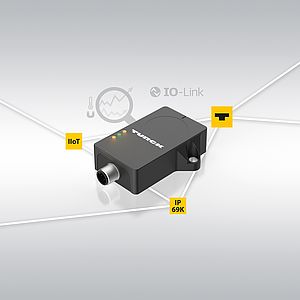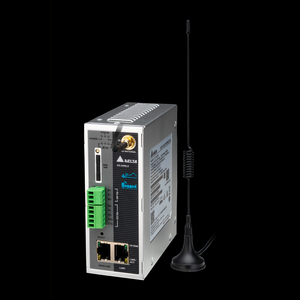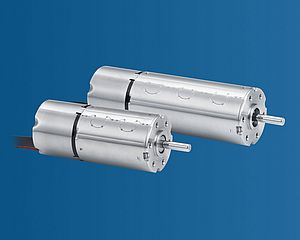Energy audits play an essential role in the achievement of energy savings at the European level. They are an effective tool to provide the necessary information on the existing energy consumption and opportunities to save energy. The ‘energy audit’ tool, first introduced by The American Society of Heating, Refrigerating and Air Conditioning Engineers (ASHRAE) following the 1973 oil crisis, became popular in Europe since the early 1990s. It was present in Article 7 of the Council Directive 93/76/EEC, in Article 12 of the Directive 2006/32/EC, and in Article 8 of the current Directive 2012/27/EU, also known as Energy Efficiency Directive (EED).
Article 2 (25) of the EED defines ‘energy audit’ as follows:
“Energy Audit means a systematic procedure with the purpose of obtaining adequate knowledge of the existing energy consumption profile of a building or group of buildings, an industrial or commercial operation or installation or a private or public service, identifying and quantifying cost-effective energy savings opportunities, and reporting the findings;”
The EED Directive strengthens the energy audit obligations for the Member States. In particular, Article 8(4) of the Directive makes energy audits mandatory for large enterprises. Yet, the Directive does not require large enterprises to actually implement any audit recommendations. Furthermore, while Article 8(2) put a strong emphasis on small and medium-sized enterprises (SMEs) and advises “Member States to develop programs to encourage SMEs to undergo energy audits and the subsequent implementation of the recommendations from these audits”, it does not set any mandatory energy audits requirements for SMEs.
Following the implementation of the EED Directive, we are now discovering best practices set out by some Member States that go beyond the EED provisions and could be an example for the rest of Europe. According to a recent study on energy efficiency in enterprises carried out by the European Commission, countries such as Italy, Portugal, Belgium (Flanders) and Romania, do have mandatory requirements for the implementations of the measures identified in the energy audit, although applicable only to energy-intensive companies. As the definition of SMEs in Article 2(26) of the EED does not refer to energy intensity or to energy consumption, an energy consuming company can also be an SME.
This post focuses on the model developed in Italy, which include two level of innovation:
- SMEs to undergo energy audits if energy consuming companies;
- Mandatory implementation of the identified measures by energy consuming companies.
The Italian model
In Italy the EED has been ratified with the Legislative Decree n.102 of 04/07/2014 (Legislative Decree 102/2014), which obliges large companies and energy consuming companies to perform an energy audit by 5 December 2015, and at least every four years. Certified companies with ISO 50001, EN ISO 14001 and EMAS are exempt to this obligation if the system includes an energy audit in accordance with annex II of the Legislative Decree.
The Decree also states that energy consuming companies, not only have to undergo the energy audit, but they also have to implement the identified efficiency measures under reasonable time, or in alternative, adopt a management system in compliance with ISO 50001 standards.
Definitions
An organization qualifies as large enterprises if it employs more than 250 people, with an annual turnover greater than 50 million euros or an annual balance sheet of more than 43 million euros.
An energy consuming company qualifies if:
- It uses more than 2,4 GWh of electric energy or energy different than electricity;
- The ratio of energy cost and turnover is bigger or equal to 3%. Number of enterprises obliged to undergo energy audits.
According to the “Structure and competitiveness of enterprises” report from the Italian National Institute of Statistics (ISTAT), in Italy large enterprises are about 3 500, while there are about 4.3 millions of SMEs on the territory. Figure 1 illustrates main indicators for industrial and services enterprises in Italy.
By including energy intensive enterprises, the Legislative Decree extends the obligation to enterprises regardless of the size. The total energy intensive enterprises amounted at 2 772 as of 2014, and 2 929 as of 2015. These companies have a tax relief on the electric bill’s energy cost. From July 20, 2016, energy audits can only be carried out by entities or qualified experts certified by accredited bodies (ESCOs under UNI CEI 11352, EGE under UNI CEI 11339, Energy auditor under UNI 16247 – 5).
The role of ENEA to ensure the effectiveness of the provisions
ENEA is the acronym for the Italian National Agency for New Technologies, Energy, and Sustainable Economic Development. The agency manages a database of enterprises obliged to undergo energy audits, carries out controls to ensure compliance with the audit requirements through an annual random selection of the enterprises subject to the obligation (at least 3%). The control activities also include in “situ” inspections. As from June 2016, ENEA writes an annual summary report of the audit activities and results.
Results
According to ENEA, among the results delivered under article 8 of the Legislative Decree 102/2014, there were:
- 14 342 audits from 7 516 companies were sent by December 2015, increasing to 8 461 with 15 685 audits by the end of June 2016.
- In 2015, approximately 63% of energy audits were made by large enterprises, while approximately 37% by energy intensive enterprises.
- 95% of the energy intensive enterprises fulfilled the energy audit legal requirements.
Figure 2 shows the energy audits delivered under article 8 of the Legislative Decree 102/2014 by 5 December 2015 by different sector.
The focus on SMEs and the regional leadership
Italy focused on energy savings in the industrial sector and the SMEs since the 1990s. In particular, European funds were used to carry out an energy audit campaign in central and southern Italy in the years 1989-1991, covering more than 500 SMEs from different sectors and identified energy saving measures for about 260 ktoe.
The Lombardy region in Northern Italy carried out an innovative program, named TREND (Technology and Innovation for Energy Saving and Widespread Energy Efficiency), aiming at promoting and delivering high quality energy audits and associated energy efficiency measures to SMEs in the manufacturing sector in the region. Figure 3 scheme summarises the TREND programme’s phases.
According to the 2014 Italian Energy Efficiency Action Plan, 500 SMEs received energy audits and 150 energy efficiency projects were planned (90 completed). The program, which is still undergoing, produced energy efficiency actions in the amount of EUR 8.5 million and led to energy savings for around 4 000 toe.























































